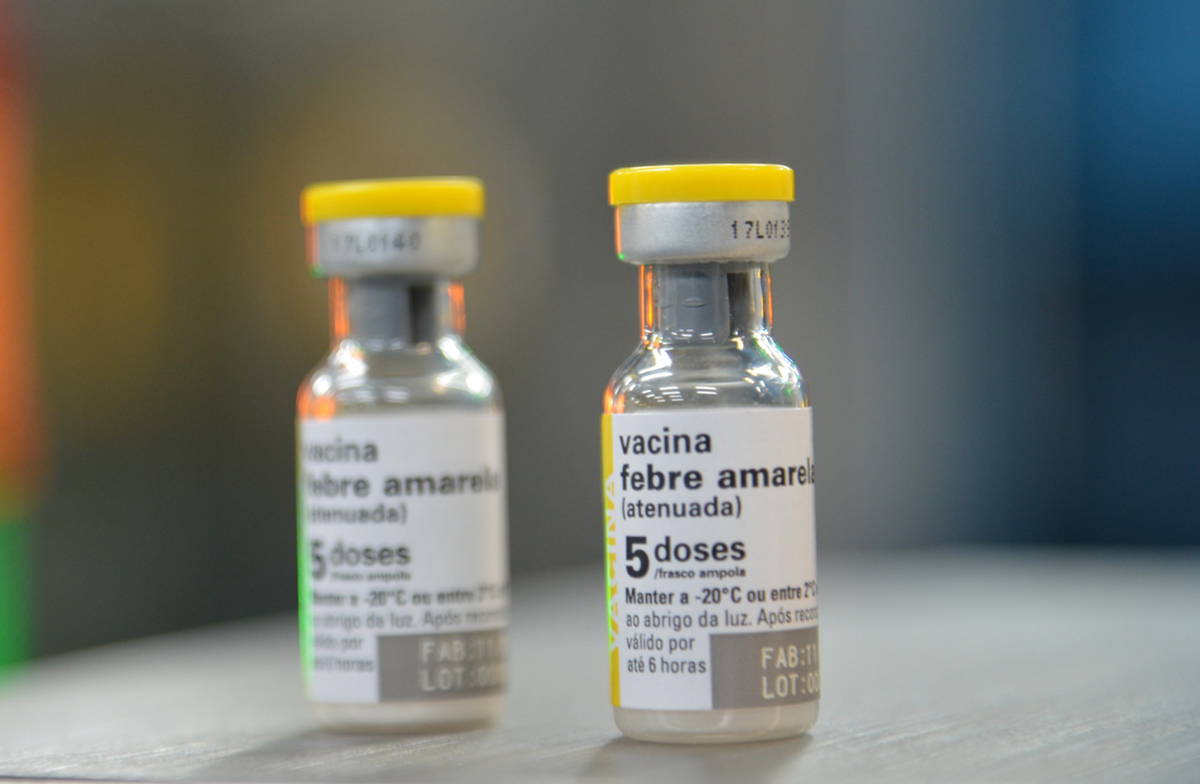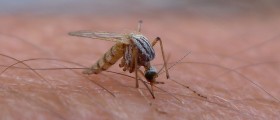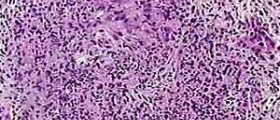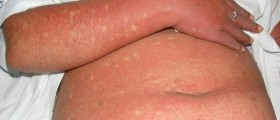
Information on Yellow Fever Vaccine
The yellow fever vaccine is used to boost the immunity and increase the resistance to yellow fever infections. It is usually intended for people who travel to or live in areas where the risk of yellow fever infections is slightly higher than usual. The vaccine is very efficient in stimulating the creation of antibodies in the human body and providing the much needed protection from the yellow fever infection.
Side Effects
The yellow fever vaccine can sometimes trigger certain minor side effects. These may or may not include mild headaches, low-grade fever, myalgia, asthenia and malaise. These side effects usually occur a few days after the actual vaccination. These side effects usually occur in younger individuals. A yellow fever vaccine can also sometimes trigger certain local side effects.
These may or may not include edema, mass at the injection site, erythema, pain at the injection site and hypersensitivity. Hypersensitivity can also be associated with certain other medical conditions which get triggered mostly in patients who have histories of allergic reaction to eggs. These medical conditions may or may not include rash, asthma and urticaria.
The yellow fever vaccine can sometimes trigger certain fatal side effects of the nervous system such as neurotropic disease. The symptoms of various side effects of the nervous system triggered by yellow fever vaccine may include diaphoresis, leukocytosis, rigors, elevated proteins, fever, loss of consciousness, malaise, severe dysarthria, headache, loss of motor control, confusion, arm numbness, and expressive aphasia. The common risk factors include very young age and immunosuppression.
Sometimes it can also be affiliated with encephalitis in certain rare cases. There have also been cases of nonfatal neurotropic disease caused by yellow fever vaccine. Certain cases of fatal YEL-AVD have also been reported in the United States, and all of them concerned patients which were healthy and they did not suffer from immunodeficiency. After performing a biopsy it was concluded that their livers contained a rare antigen of yellow fever virus. All fatal cases have been observed for changes in microvesicular fatty, hepatic midzonal necrosis and Counsilman bodies.
The virus could be easily isolated from the blood. Rare cases of viscerotropic disease have also been reported. Some cases have been fatal as the condition usually involves a failure of multiple organ systems.
The disease can be recognized by symptoms such as fatigue, headache, myalgia and certain other febrile symptoms. When the disease progresses further it includes symptoms such as respiratory failure, renal failure, elevated hepatocellular enzymes, hypotension, lymphocytopenia, hyperbilirubinemia and thrombocytopenia.

















Your thoughts on this
Loading...